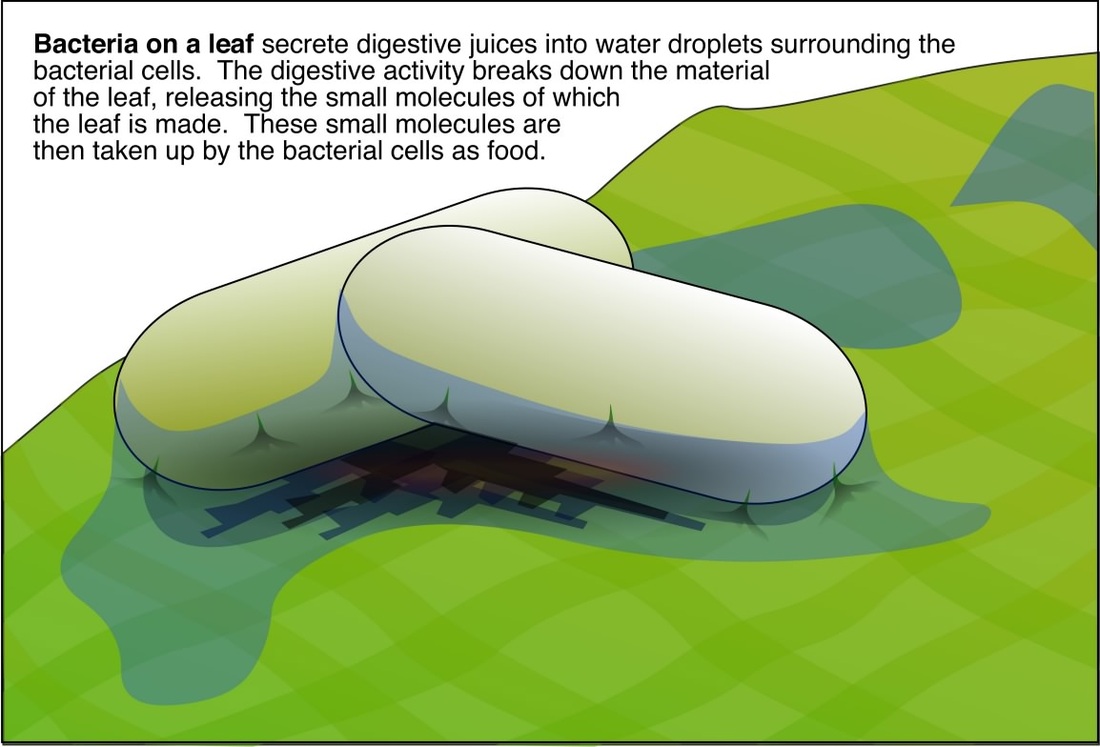|
|
|
|
|
|
|
|
Hydra mainly feed on small aquatic invertebrates such as Daphnia and Cyclops.
When feeding, Hydra extend their body to maximum length and then slowly extend their tentacles. Despite their simple construction, the tentacles of Hydra are extraordinarily extensible and can be four to five times the length of the body. Once fully extended, the tentacles are slowly manoeuvred around waiting for contact with a suitable prey animal. Upon contact, nematocysts on the tentacle fire into the prey, and the tentacle itself coils around the prey. Within 30 seconds, most of the remaining tentacles will have already joined in the attack to subdue the struggling prey. Within two minutes, the tentacles will have surrounded the prey and moved it into the opened mouth aperture. Within ten minutes, the prey will have been enclosed within the body cavity, and digestion will have started. Hydra is able to stretch its body wall considerably in order to digest prey more than twice its size. After two or three days, the indigestible remains of the prey will be discharged by contractions through the mouth aperture. The feeding behaviour of Hydra demonstrates the sophistication of what appears to be a simple nervous system. Some species of Hydra exist in a mutual relationship with various types of unicellular algae. The algae are protected from predators by Hydraand, in return, photosynthetic products from the algae are beneficial as a food source to Hydra. |
|
|
|
Arthropoda
An Arthropod is an animal that comes from the Phylum Arthropoda, which in Greek means “jointed leg”. The animals in this Phylum are invertebrates that have an exoskeleton, a segmented body, and jointed appendages. This phylum contains creatures such as insects, arachnids, crustaceans (crabs, lobsters, shrimp), and others.
Digestion in Spiders

After capturing and poisoning their prey with their venom, spiders use two different systems of external digestion. Some pump digestive enzymes from the midgut into the prey and then suck the liquified tissues of the prey into the gut, eventually leaving behind the empty husk of the prey. Others grind the prey to pulp using the chelicerae and the bases of the pedipals, while flooding it with enzymes; in these species the chelicerae and the bases of the pedipalps form a preoral cavity that holds the food they are processing. The spiders stomach acts as a pump that send food deeper into the spiders digestive system. The spiders mid gut bears most of its cec, where the nutrients is extracted from their food. At the end, most spiders convert nitrogenous bases into uric acid, which can be excreted as dry material. Finally. spiders use "little tubes" called Malphigian tubules to extract these wastes from the blood in the hemocoel and dump them into the cloacal chamber, from which they are expelled through the anus. Although some other types of spiders use large amounts of water to excrete nitrogenous waste products such as ammonia.
|
|
|








